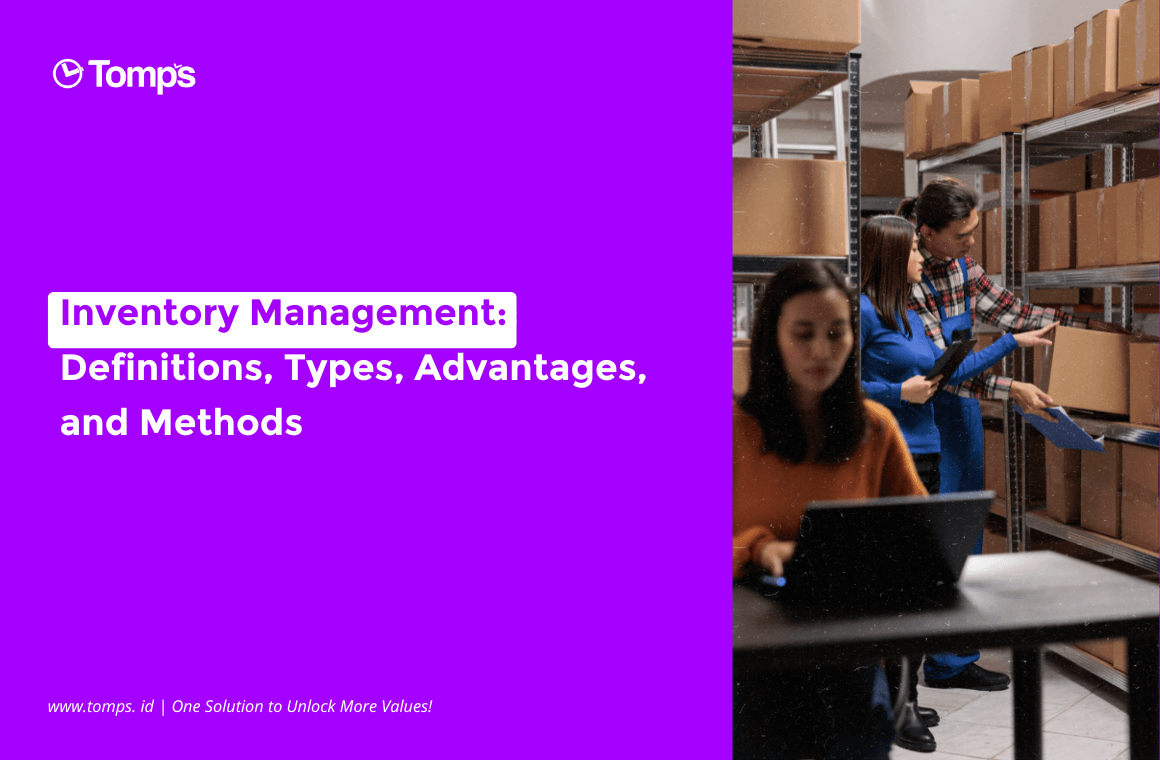Introduction
Asset management is a critical element in the success of any organization. Assets encompass everything from property to intellectual wealth, and the effectiveness in managing them can be the difference between business sustainability and failure. In this article, we will discuss the importance of asset management and delve into effective strategies that can help organizations improve their performance and achieve long-term goals.
What is Asset Management?
Building upon the previous discussion on the importance of asset management, it is a strategic approach to managing, maintaining, and optimizing all types of assets owned by an organization. Assets can include various elements such as properties, equipment, intellectual wealth, human resources, and more. The primary goal of asset management is to maximize asset value, reduce risks, and ensure that assets are used efficiently to support business or organizational goals. This process involves identification, assessment, development, and maintenance of assets throughout their lifecycle. Asset management also involves using technology and best practices to optimize asset management for sustainability and long-term success.
Why is Asset Management Important?
Asset management is not just about detailing what a company owns, but also about how those assets are developed, managed, and improved over time. Essentially, asset management involves a deep understanding of the value of assets, associated risks, and how these assets contribute to business objectives.
1. Improving Operational Efficiency
One of the main advantages of asset management is the improvement of operational efficiency. By understanding the assets a company owns, management can allocate resources more effectively, prevent waste, and enhance overall productivity.
2. Enhancing Security and Compliance
Asset management also involves an understanding of security and compliance. By tracking assets with specific security risks or requiring special maintenance to comply with regulations, companies can reduce potential legal and financial risks.
3. Improving Decision-Making
Information about owned assets and the best ways to manage them can provide a strong foundation for better decision-making. A good understanding of the asset portfolio helps management identify new opportunities and respond to market changes more quickly.
4. Assessing Investment Performance
Asset management provides tools to assess investment performance. By monitoring asset performance over time, companies can identify profitable investments and optimize resource allocation.
Effective Asset Management Strategies
1. Optimize Company Asset Monitoring
Implement sophisticated asset tracking systems to ensure full visibility of all company assets. Use technologies such as barcodes, RFID, or GPS systems to facilitate both physical and digital asset tracking. Integrate tracking systems with asset management databases to ensure information accuracy at all times.
2. Automatically Record Asset Depreciation
Utilize asset management software that can automatically calculate and record asset depreciation in accordance with accounting regulations. Ensure that the software can generate periodic depreciation reports and provide transparency into asset values over time.
3. Optimize Company Risk Management
Identify and evaluate risks associated with company assets, including physical loss, changes in value, or regulatory changes affecting assets. Implement appropriate risk mitigation strategies, such as asset insurance, physical security measures, or asset investment diversification to reduce potential losses.
4. Automate Maintenance Schedules
Implement an automated preventive maintenance management system to schedule and track routine maintenance activities. Use sensors or condition monitoring technology to detect potential issues and schedule maintenance before serious damage occurs.
5. Simplify Asset Recording
Use an intuitive and user-friendly recording system to facilitate asset data updates. Ensure that users can easily add, delete, or update asset information without difficulty. Provide training to relevant staff to ensure effective use of the recording system.
6. Implement Asset Management Technology
In the digital era, technology plays a significant role in asset management. Advanced asset management systems provide real-time visibility into asset portfolios, facilitate better monitoring, and aid in faster decision-making.
Benefits of Effective Asset Management Strategies
As reported by ibm.com, formulating and executing effective asset management strategies can result in various benefits for an organization, including:
1. Scalability of Best Practices
Current asset lifecycle management strategies utilize state-of-the-art technology combined with a rigorous and systematic approach to forecast, schedule, and optimize all daily maintenance tasks and long-term repair needs.
2. Efficient Operations and Maintenance
Minimizing the likelihood of equipment failures, anticipating damages, and performing preventive maintenance when possible. Current EAM systems dramatically enhance decision-making capabilities for managers, operators, and maintenance technicians by providing real-time visibility into equipment status and workflows.
3. Reduced Maintenance Costs and Downtime
Monitoring assets in real-time, regardless of their complexity. By combining asset information (thanks to the Internet of Things (IoT)) with powerful analytical capabilities, companies can now carry out cost-effective preventive maintenance, intervene before crucial assets break down, and prevent expensive downtime.
4. Better Alignment Across Business Units
Optimizing management processes according to various factors beyond equipment conditions. These factors can include available resources (e.g., capital and labor), projected downtime and its implications for business, worker safety, and potential security risks associated with repairs.
5. Improved Compliance
Adhering to laws regarding asset management and operation, wherever the assets are located. Management and data storage requirements vary widely from one country to another and are continually evolving. Avoid costly fines by strategically and systematically monitoring assets wherever data is stored.
Digital Solution: Tomps Asset as an Asset Management System
Every company needs asset and inventory monitoring to meet its needs. Tomps Asset is an asset management platform that provides high-quality physical asset monitoring, fixed asset monitoring, and inventory services. Some features found on this platform include total asset type monitoring, book value monitoring, detailed asset information, legal status of assets, access management, document storage, geographic information system, asset summary reports, and barcode scanning for incoming and outgoing goods.
Conclusion
Asset management is not only about administration but also about creating long-term value for the organization. By implementing effective strategies, companies can maximize the potential of their assets, reduce risks, and create a foundation for sustainable growth. Therefore, asset management should be considered as a crucial investment in the long-term success of an organization. One such significant investment in asset management for an organization is by using Tomps Asset. Tomps Asset can help streamline asset management for companies with easy asset tracking, asset information through maps, master data, and accurate asset and inventory information. Discover the ease of managing assets now with Tomps Asset!
Reference
Manajemen Aset: Pengertian, Manfaat, Jenis dan Strateginya. kledo.com. https://kledo.com/blog/manajemen-aset/
Flinders Mesh. (2023). Asset lifecycle management strategy: What’s the best approach for your business?. ibm.com. https://www.ibm.com/blog/asset-lifecycle-management-strategy/
Kurniawan Jonathan. (2022). 5 Strategi untuk Efisiensikan Pengelolaan Aset Perusahaan manufaktur. Hashmicro.com. https://www.hashmicro.com/id/blog/otomatiskan-pengelolaan-aset-perusahaan-dengan-satu-sistem/







